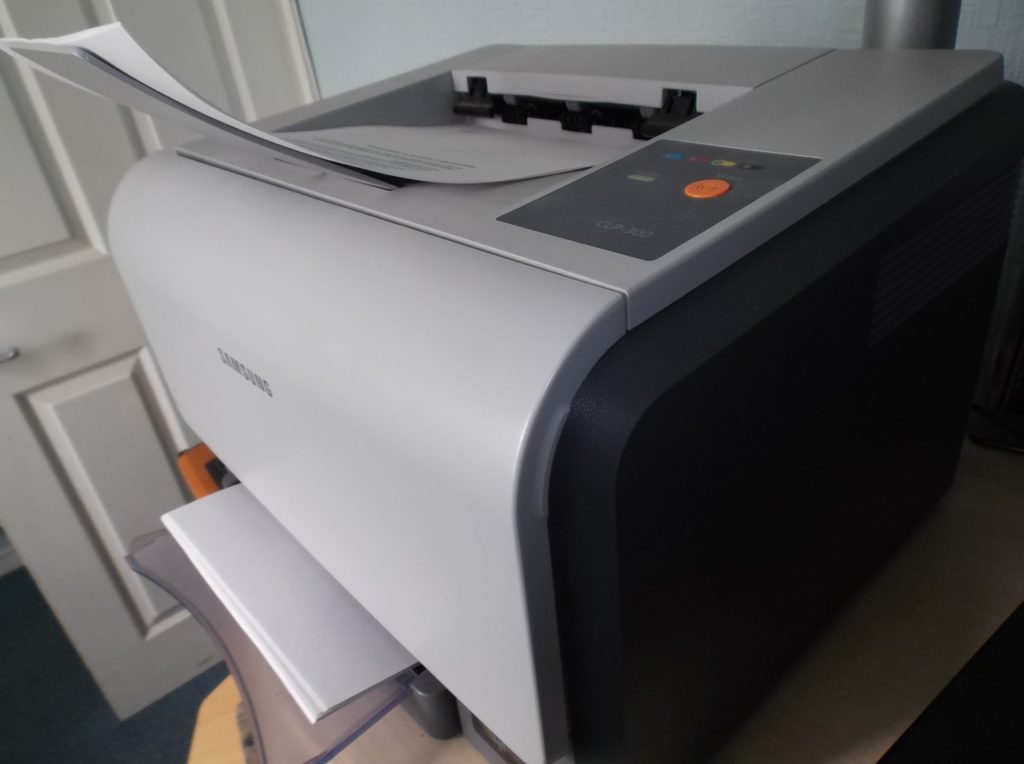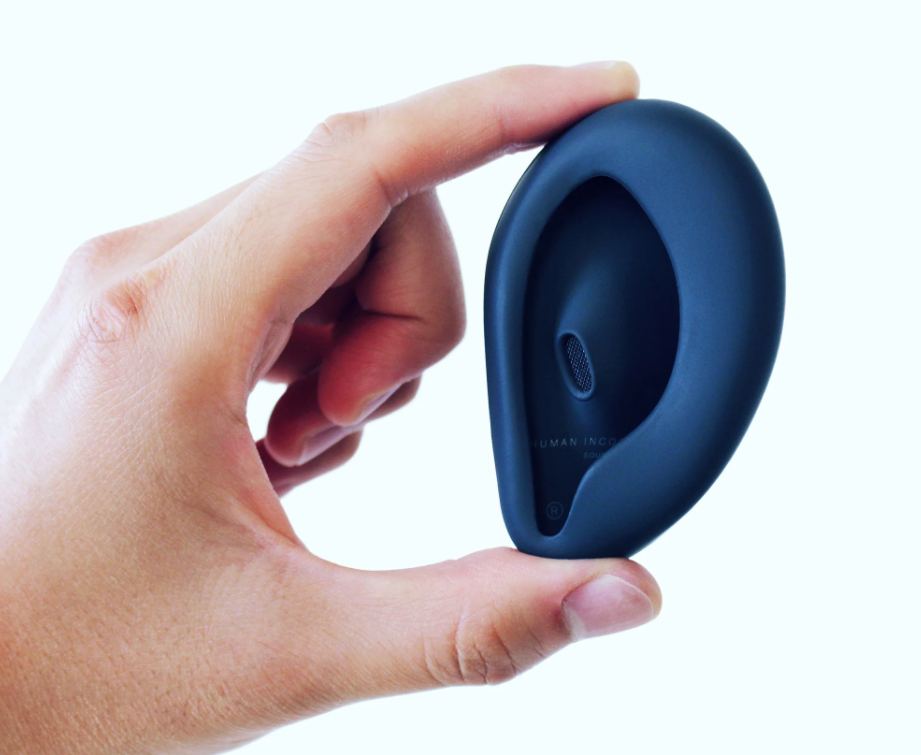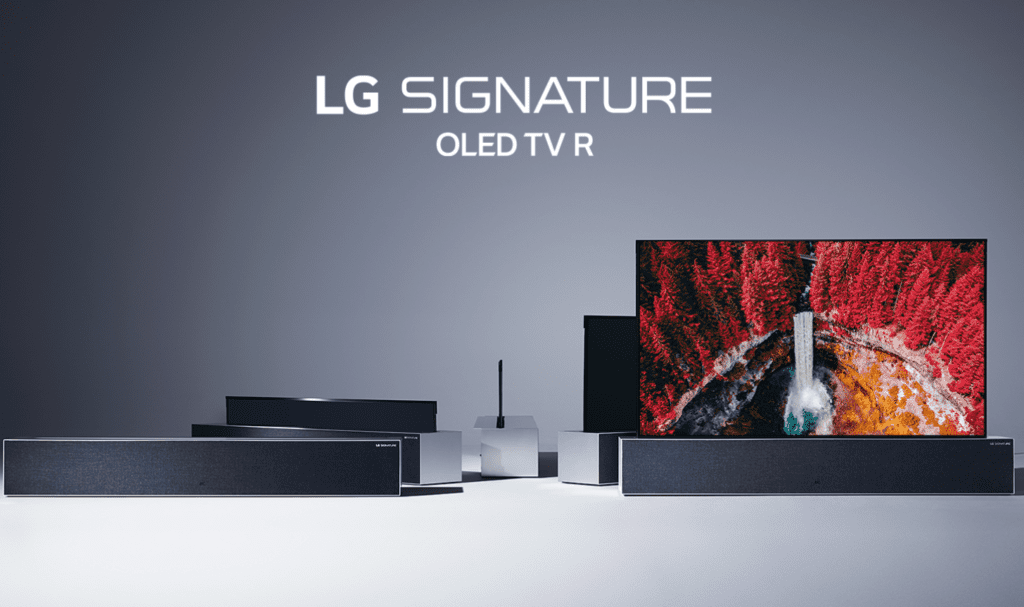Types of Office Printers

Despite numerous businesses shifting towards the paperless transactions and record-keeping, having printers in offices remains high. That is because there are always documents that need printing for various reasons, and having a printer in-house makes the process faster and more convenient. There are several types of office printers available in the market, each coming with its pros and cons. Some of the major types are highlighted below.
Laser Printers
Laser printers are mostly used in offices because of how cost-effective they are, especially when large print volumes are considered. Some of the advantages of laser printers are they print at high speeds to increase productivity, have a higher paper capacity, and offer very high resolution. Disadvantages are that they have larger footprints compared to many other alternatives and may need short warm-up times.
Solid Ink Printers
As the name suggests, solid ink printers use solid ink instead of powdered toner or liquid ink. After loading the solid ink cartridge into the printer, the printing head melts it and transfers it to the paper. Some of the advantages of solid ink printers are that they are environmentally friendly, have a compact design, produce more vibrant tones, and require less storage space. The disadvantages are that the prints cannot be laminated, and the printers require warm-up and cool-down time.
LED Printers
LED printers are quite similar to the laser printers, with the difference being they use LED instead of laser to create the images on a print belt or drum. They have fewer moving parts than other alternatives, making them more reliable and efficient than laser printers. They are also cheaper to manufacture compared to laser printers.
Business Inkjet Printers
Inkjet printers are quite popular in very busy offices that rely heavily on printed output. They are well-known for their robust nature and reliability. Some of the advantages include limited warm-up time, small footprint, and the capability to produce highly detailed prints. The disadvantages include wet prints and higher cost per page compared to many other types of printers.
3D Printers
3D printers are the latest development in the printing industry, continuously increasing in popularity as time goes. They are used to create three-dimensional prints, including usable objects. The top advantage of 3D printers is they offer unlimited possibilities with their capacity of full customization. Disadvantages include high initial costs, high resin costs, and steep learning curve. The technology used in 3D printers is also still developing.











